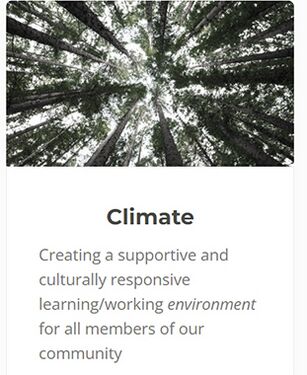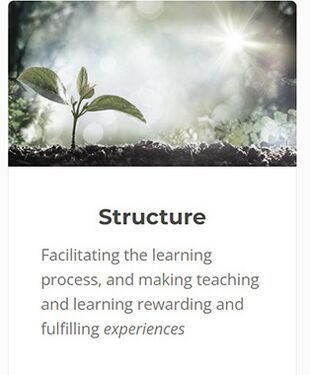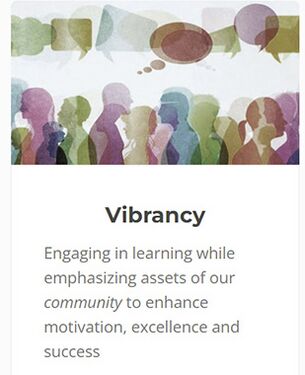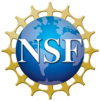Main Page: Difference between revisions
| (40 intermediate revisions by 3 users not shown) | |||
| Line 1: | Line 1: | ||
Consult the [https://www.mediawiki.org/wiki/Special:MyLanguage/Help:Contents User's Guide] for information on using the wiki software. | Consult the [https://www.mediawiki.org/wiki/Special:MyLanguage/Help:Contents User's Guide] for information on using the wiki software. | ||
== | == The Eco-STEM Healthy Educational Ecosystem Toolkit== | ||
<blockquote>The Eco-STEM Healthy Educational Ecosystem Toolkit is part of the [https://ecostem.calstatela.edu Eco-STEM project], funded by an NSF-IUSE grant ([https://nsf.gov/awardsearch/showAward?AWD_ID=2013630&HistoricalAwards=false IUSE#2013630]) hosted at [https://www.calstatela.edu Cal State LA]. When used in combination, the tools will support an asset-based educational ecosystem that values and leverages the strengths of its agents to create a supportive and vibrant system which makes teaching and learning rewarding and fulfilling experiences. Information about the overall project can be found here (https://ecostem.calstatela.edu). The Eco-STEM project defines three key aspects of a healthy educational ecosystem: </blockquote><gallery widths="220px" heights="250px" mode="packed-hover"> | |||
Ecostem_climate.jpg| | |||
Ecostem_structure.jpg| | |||
Ecostem_vibrancy.jpg| | |||
</gallery>The Eco-STEM tools are structured around these three key aspects and their associated principles. They consist of three components that supplement each other. To find out more about each component, click on the images below. | |||
<gallery widths="220px" heights="250px" mode="packed-hover"> | |||
Peerobservation_icon.jpg|link=Peer Observation | |||
Repository_icon.jpg|link=Repository | |||
[[File: | Studentsurvey_icon.jpg|link=Student Experience Survey | ||
</gallery> | |||
----[[File:NSFlogo.png|alt=NSF Logo|left|frameless|101x101px]] | |||
This material is based upon work supported by the National Science Foundation under Grant [https://nsf.gov/awardsearch/showAward?AWD_ID=2013630&HistoricalAwards=false IUSE#2013630]. Any opinions, findings, and conclusions or recommendations expressed in this material are those of the author(s) and do not necessarily reflect the views of the National Science Foundation." | |||
Latest revision as of 12:07, 22 June 2023
Consult the User's Guide for information on using the wiki software.
The Eco-STEM Healthy Educational Ecosystem Toolkit
The Eco-STEM Healthy Educational Ecosystem Toolkit is part of the Eco-STEM project, funded by an NSF-IUSE grant (IUSE#2013630) hosted at Cal State LA. When used in combination, the tools will support an asset-based educational ecosystem that values and leverages the strengths of its agents to create a supportive and vibrant system which makes teaching and learning rewarding and fulfilling experiences. Information about the overall project can be found here (https://ecostem.calstatela.edu). The Eco-STEM project defines three key aspects of a healthy educational ecosystem:
The Eco-STEM tools are structured around these three key aspects and their associated principles. They consist of three components that supplement each other. To find out more about each component, click on the images below.
This material is based upon work supported by the National Science Foundation under Grant IUSE#2013630. Any opinions, findings, and conclusions or recommendations expressed in this material are those of the author(s) and do not necessarily reflect the views of the National Science Foundation."



